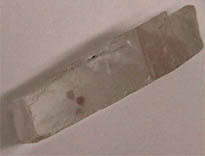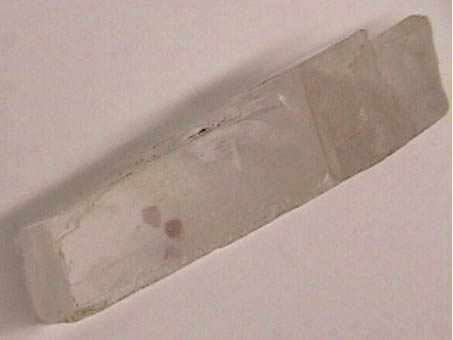Crystallographic Origins of Birefringence
The property called birefringence has to do with anisotropy in the binding forces between the atoms forming a crystal, so it can be visualized as the atoms having stronger "springs" holding them together in some crystalline directions. A useful situation with mineral crystals occurs when there are two distinct indices of refraction, and they are called birefringent materials. This is associated with uniaxial crystals, which belong to the hexagonal, tetragonal, and trigonal crystal systems. In a uniaxial crystal, there is one direction such that any light in that direction in the crystal has the same speed, regardless of its state of polarization. This direction is called the optic axis. The remaining crystal systems (orthorhombic, monoclinic, and triclinic) have two optic axes and are said to be biaxial.
|
Index
Polarization concepts |


